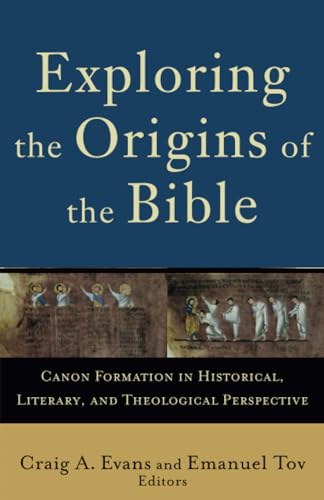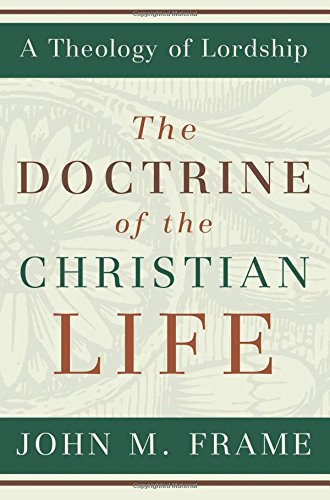The fourteen volumes of Karl Barth’s Church Dogmatics were published in English between 1936 and 1975 and have been in circulation since then without revision. This situation has now changed following the collaborative efforts of Princeton Theological Seminary and T&T Clark/Continuum. Together they have produced a revised and digitized edition of the Dogmatics. As stated on the Princeton website, this new edition is available in three ways:
- A fully searchable CD-ROM version from Logos Bible Software, available from April 2008 (http://www.logos.com/)
- As part of the Digital Karl Barth Library in German and English from Alexander Street Press (http://www.alexanderstreet.com/)
- A new paperback print edition in 31 volumes, presenting the text in a new layout, incorporating the translations of Greek and Latin texts in a student-friendly format, available from December 2008 through T&T Clark.
What follows is a review of the first format, the digitized edition made available through the Libronix platform for Windows-based computers (Mac users can also now use the software: http://www.macbiblesoftware.com/).
Fourteen volumes on one CD ensures that installing the Dogmatics into your digital library is quick and painless. The Libronix platform makes available a number of options to begin working with the digital text: various window arrangements allow side-by-side display of the Dogmatics and a range of other texts which you might want to call on—anything from search results, to other parts of the Dogmatics, to Scripture passages, to other texts cited by Barth and that are already present in the user’s digital library. It is hard to imagine serious students of Barth (or any genuine book-lover) being happy to own the Dogmatics in digital form only, not least because the new print edition in 31 volumes is so immensely attractive! Nevertheless, although the hard copies lend themselves to prolonged reading and reflection, the digital version comes into its own as an aid to detailed study on particular issues, and here there are a number of excellent advantages to Barth in electronic form.
One of the most attractive features to many students will be the translations of Barth’s numerous Greek and Latin quotations, which surface so regularly in the already demanding small print sections of his work. In the digital edition, simply locating the cursor over the offending language reveals the translation in a pop-up window. Although the new print edition now provides these translations alongside the original language, for many the digital version will be a cheaper alternative to a brand new set of the Dogmatics simply for this feature. (It is worth pointing out that the current English translation of the German original has not, as far as I can discern, been corrected at certain points in either the digital or the new print version, e.g., CD II/2, p. 148, where the English reads ‘elected God’ but the German is ‘erwählenden Gottes’. Instances such as these, and on more serious matters, occur throughout the English translations, and so we can be glad that the electronic format now makes the text of the Dogmatics a ‘living text’ which can be revised and corrected by future generations of Barth scholars).
Alongside this feature, the next stand-out benefits of the CD on CD are the search functions, the key-link features to other resources in the user’s Libronix library, and the mark-up facilities which can be saved for future reference.
Clicking on ‘Search’ allows the reader to enter any word or topic of their choice and to have detailed results returned for their word or topic in the Dogmatics. One very nice feature, once the search results are returned, is to click Aligned hits in context’; this displays the search results with the surrounding sentence and also with each occurrence on any given page so that the reader is able to discern very quickly which references are relevant to their needs. Furthermore, a ‘Reference Browser’ function allows a search of, say, Church Dogmatics II/2 for all Barth’s references to Calvin’s Institutes. This is done by specifying which sections of the Institutes you wish to search for (e.g., a search for Book III brings up all the times Barth quotes from that part in II/2). At this point it is worth saying that the more you have in your Libronix library, the greater the benefit of the digital Dogmatics. I currently operate Scholar’s Library (Logos Bible Software 3), which contains the Beveridge translation of the Institutes. This means that once I have found the reference to Inst. 3.23.7 that I am interested in, a simple click on the red key-link to 3.23.7 displays that part of Calvin’s text. Key-links such as these also operate for other texts (e.g., Thomas’ Summa, which I do not have in Scholar’s Library) and for all Scripture references cited by Barth—simply hovering the cursor over the text displays the reference in the Bible version(s) of my choice. Double-clicking on names in Barth’s text will, depending on Libronix resources, display relevant information. So if you are raising an eyebrow at Barth’s reading of houtos in John 1:1–2 and are interested to discover that he followed Adolf Schlatter in his interpretation, clicking on ‘Schlatter’ brings up an entry about him from the Who’s Who in Christian History resource. (Sadly no such entry exists for E. F. Ströter if you are interested in the dispensationalist flavour of Barth’s exegesis of Romans 9–11 in II/2). If wrestling with a particular part of the text, and particularly if you have been using the translation function or a key-link, a welcome option is the ability to mark up the text by writing a note. Highlighting a word or a passage, then right clicking, gives the opportunity to jot down whatever you wish. This note itself can then be formatted according to normal word processing options, and even categorized as being in support of the text, as a question, a comment, or an issue. Such notes are then paper-clipped to the text and can be called up as required or simply visible on returning to that passage in the future.
Users more advanced than this reviewer will doubtless be attracted to other features which can be customised according to user level, but for any student wishing to examine particular issues in Barth’s magnum opus, the digital edition could soon prove itself indispensable.
David Gibson
David Gibson is the Minister of Trinity Church, Aberdeen, Scotland. He is author of Reading the Decree (T&T Clark, 2009) and co-editor of From Heaven
He Came and Sought Her (Crossway, 2013).
Other Articles in this Issue
We begin with a question of translation. Many translations place a period after the word “conviction” in 1 Thess 1:5: “in power and in the Holy Spirit and with full conviction...
The Inexhaustible Fountain of All Good Things: Union with Christ in Calvin on Ephesians
by Lee GatissJuly 10, 2009 was the 500th birthday of the acclaimed French Reformer John Calvin...
The name of Martin Luther is perpetually linked to the doctrine of justification by faith alone...
Of the many questions currently surrounding the discussion about justification, the relationship between justification and spiritual fruit merits attention...
Every year a few students ask me my thoughts about whether they should pursue doctoral studies and I respond with what has come to be known as ‘The Speech...







